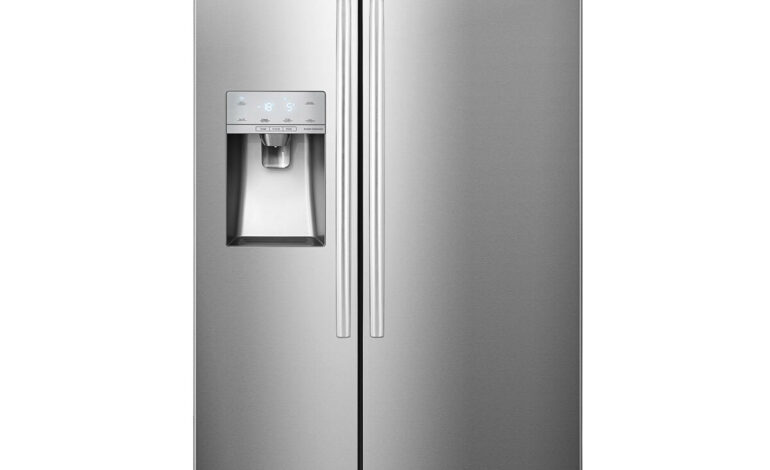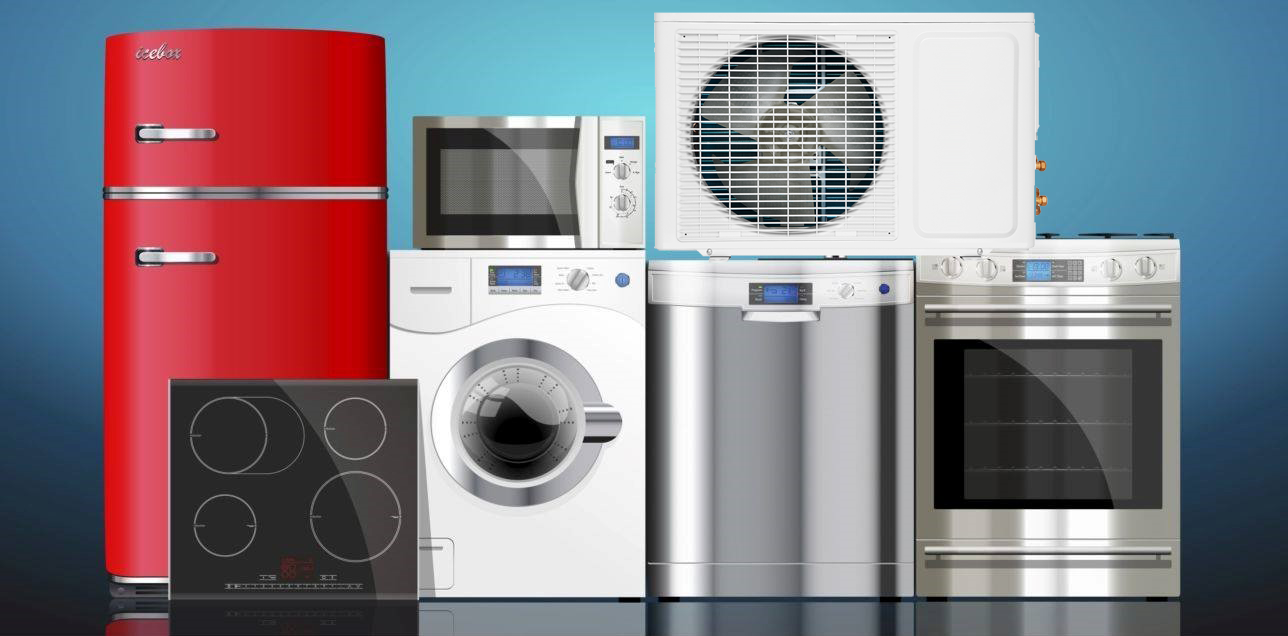Hisense refrigerator repair in Jerusalem

What to do if the Hisense refrigerator breaks down?
A broken fridge freezer can be a source of many worries, including food loss. In this article, we will walk you through the steps you need to follow to best respond when your Hisense refrigerator breaks down.
As a general rule, if your appliance is outdated or no longer covered under warranty, it’s often best to replace it with a new refrigerator. Often, repairs are unprofitable, especially if you have to buy spare parts or call a technician. In any case, it is highly recommended to unplug the Hisense refrigerator from the electrical outlet before any operation. This will allow you to work safely. When in doubt, feel free to contact a professional.
However, you can check your Hisense refrigerator. In this article, we will look at the main solutions for breaking down your Hisense refrigerator, in particular the following:
Compressor out of order
Regulator no longer works
Dirty condenser
Too thick layer of ice or frost in the Hisense refrigerator, especially in the freezer.
Poor quality of the electricity powering your refrigerator, this can be solved with a voltage stabilizer
Lack of lubricating oil
Damaged temperature sensor
Insufficient amount of coolant (R600a, R134a or R404), in particular due to a leak.
How to Diagnose a Damaged Hisense Refrigerator
It is important to see where the breakdown in your Hisense refrigerator came from. If you can’t figure it out, feel free to contact an authorized repair technician who will be able to locate the failed part of your machine.
If your HISENSE Cold no Frost is making noise
First of all, put a thermometer in your Hisense refrigerator to check if it is producing cold or not. If the cold is at the expected level, then it could just be a lighting issue with your Hisense refrigerator.
Then open the door and check if the bulb is working properly. If not, your electrical connection may be faulty. In this case, disconnect the refrigerator from the mains, and then connect another device to the outlet, or rather a voltage detector, to check the quality of the electricity. Be sure to check the circuit breaker or fuse in the refrigerator’s power outlet.
Then listen to your refrigerator motor. If there is no noise, even if the thermostat is running at maximum power, the problem may be with the compressor or expansion valve.
Also check that there is not too much ice in the Hisense refrigerator. Too much ice can degrade the performance of your Hisense refrigerator.
If there is too much frost in the Hisense refrigerator
Carefully check if the ice layer in the refrigerator is too thick. Too much ice can affect the performance of your Hisense refrigerator.
If the deposits are too thick inside and outside the machine, clean them completely. Feel free to stop your Hisense refrigerator to melt the ice if needed.
In particular, frost on the evaporator coil can cause significant temperature fluctuations, even shutting down your Hisense refrigerator.
Poorly cleaned mesh or condenser
There is a serpentine chain underneath or behind your Hisense refrigerator. This is what allows your refrigerator to exchange heat with the outside world. Thus, it is very important to thoroughly clean these cooling grids. This will save you from a nervous breakdown and make you a gain in energy efficiency.
If your HISENSE 2-door refrigerator is broken
In addition to these coils, the cooling fan also requires regular cleaning. To access the coil and fan, unplug the Hisense refrigerator from the electrical outlet. Then remove the protective plate at the bottom of the refrigerator. Thoroughly clean the elements and the grid in them, taking care not to damage them.
Lack of lubricating oil in your refrigerator
If the refrigerator has been used for a long time, the Hisense refrigerator fan may stop working due to lack of lubricating oil. Indeed, a lack of oil can affect the rotation of the fan. In extreme cases, the fan may stop working. In this case, we recommend that you lubricate the fan well. Use a brand of oil designed for your refrigerator, obtained from a certified professional.
If the temperature sensor on your Hisense refrigerator is damaged
The temperature sensor is usually located in the control computer of your Hisense refrigerator next to the thermostat. Check its condition carefully. Typically, replacing a temperature sensor is not expensive. If you see that the sensor is damaged, we recommend that you contact the refrigerator manufacturer to purchase and replace it.
Broken compressor or regulator on your refrigerator or freezer
If your Hisense refrigerator is not making noise, then the compressor or expansion valve may have failed. Replacing the compressor is not easy
and we recommend that you contact a professional to perform this operation.
A professional can remove the return air hose and block the outlet with their fingers to check the pressure.
Too low pressure indicates that the compressor is faulty and needs to be replaced.
In the event of a refrigerant leak in a Hisense refrigerator
In this case, you need to check the cooling system of your Hisense refrigerator for leaks and then add refrigerant. This is a complex operation that should be done by a professional.
Replace the filter in the HISENSE FMN486W20S multi-door refrigerator.
In conclusion on the possible breakdown of your Hisense refrigerator
Failure can come from different elements. We do not advise you to do the repairs yourself: go to a professional so as not to break the Hisense refrigerator, keep its warranty and, above all, protect yourself.
Please note that if you rent a device and it belongs to the owner, they usually have to repair or replace it.
Finally, feel free to use the warranty if it is still valid.
Find out more about how your refrigerator works
The main role of the refrigerator is cooling. A refrigeration system usually consists of four main components: a compressor, a condenser, a capillary tube or expansion valve, and an evaporator. A refrigerant is a liquid that can boil at a low temperature under low pressure and absorb heat as it boils. The refrigerant in your Hisense refrigerator’s cooling system is constantly circulating. The compressor increases the pressure of the gaseous refrigerant, which creates good conditions for liquefaction. In the condenser, liquefaction and condensation release heat outside of your Hisense refrigerator. The capillary tube then reduces the pressure and temperature of the liquid. Finally, the evaporator evaporates and the liquid boils again.
Currently, some machines may use a cooling diode. But the performance is not so good, and it is only used in small size machines.
The refrigerator originally used F12 (Freon 12) as a refrigerant, but it has been proven to contribute to the depletion of the ozone layer of the atmosphere. Refrigerants such as R600a, R134a or R404 are currently preferred.
Also, since it is impossible to avoid the presence of moisture and impurities in the system, there is usually a filter drier at the inlet end of the capillary tube.
We hope we have helped you in the best possible way to troubleshoot your Hisense refrigerator.
